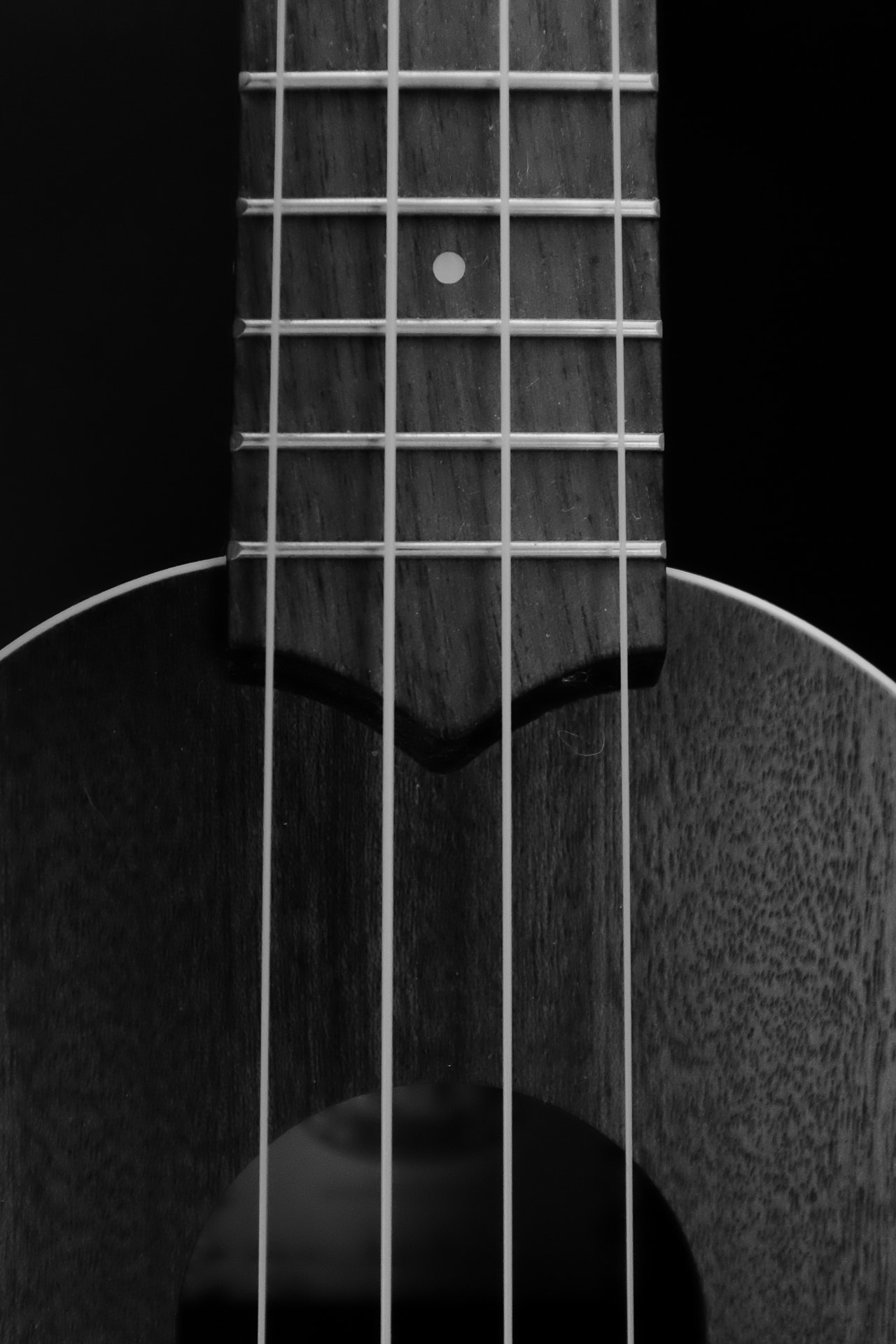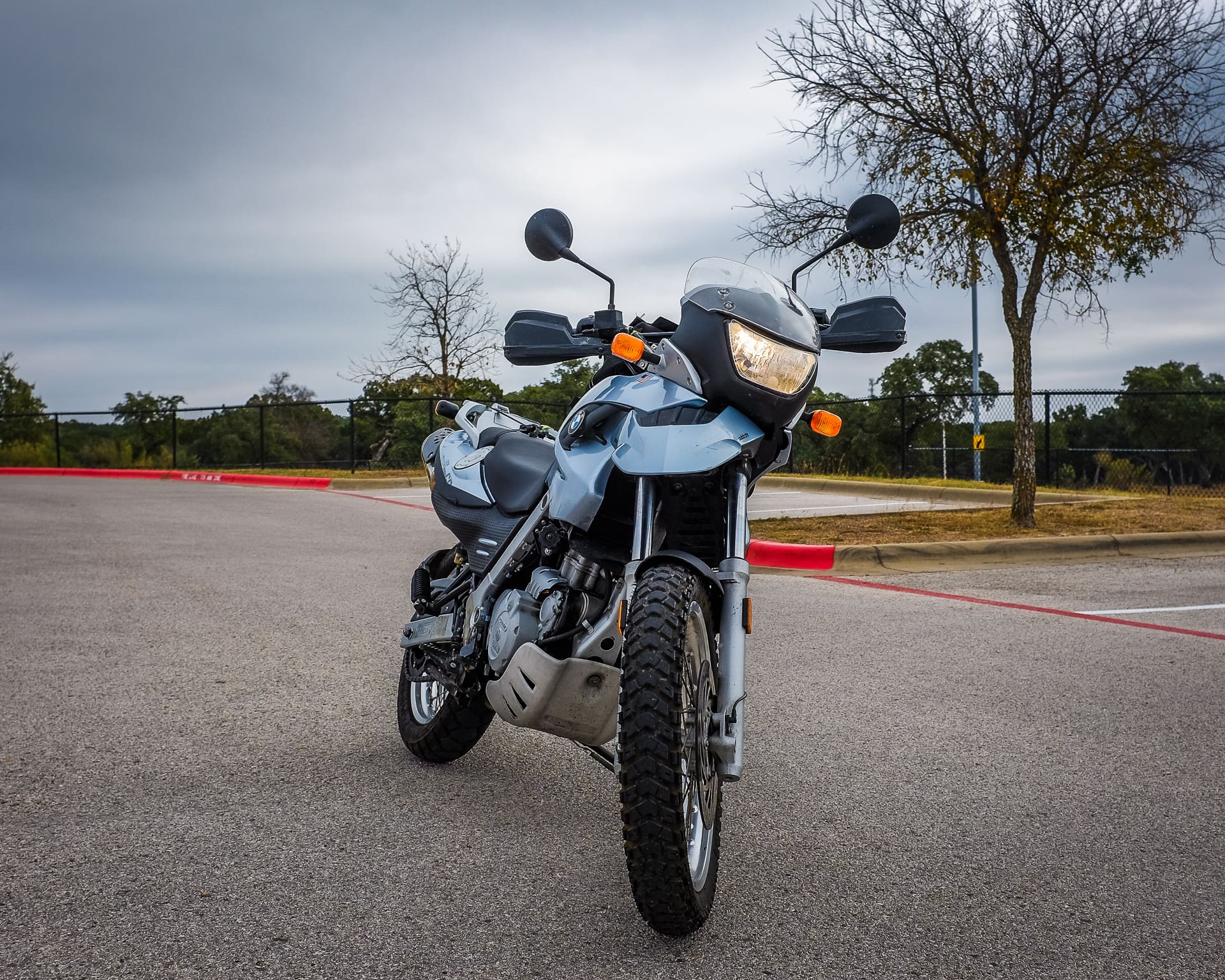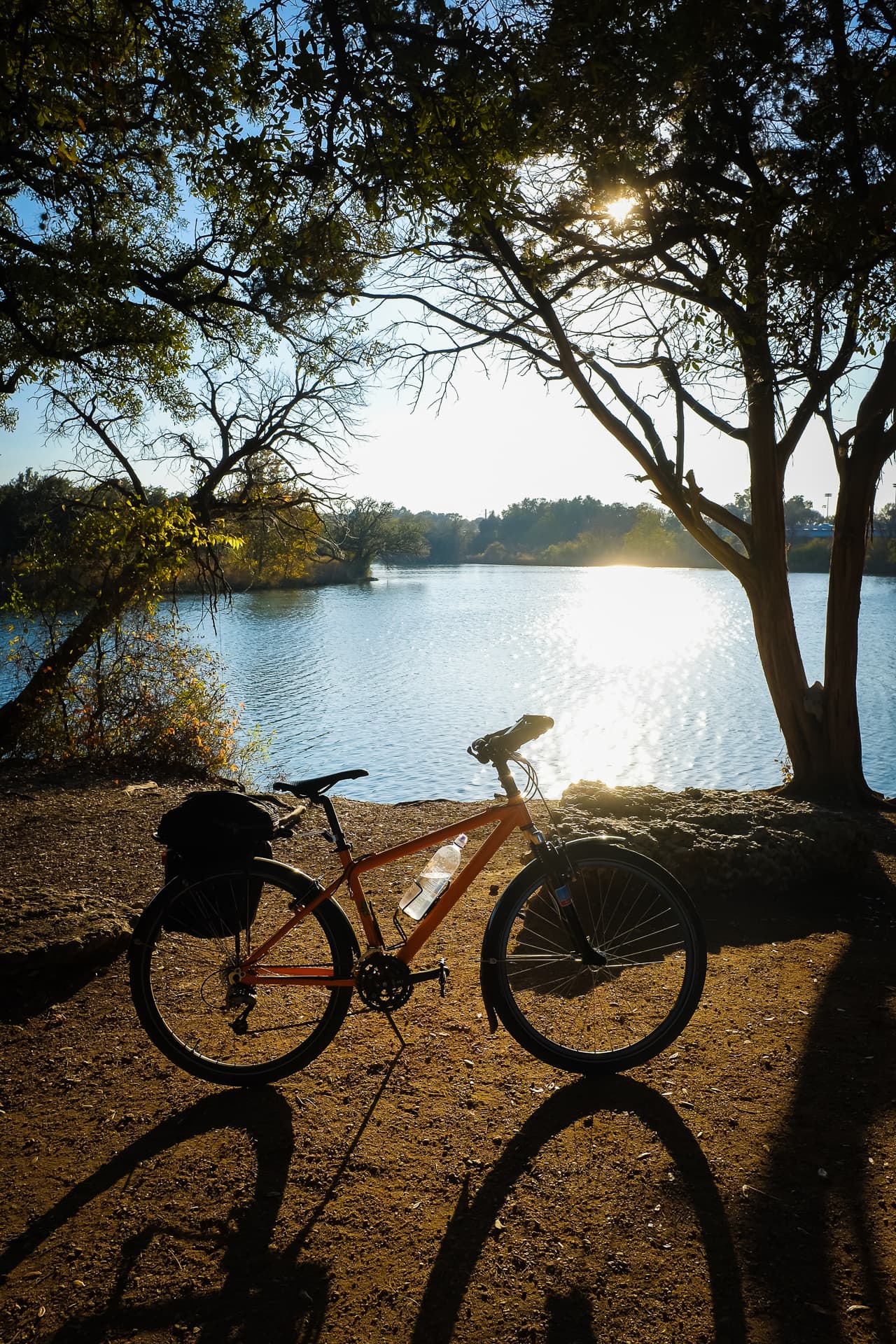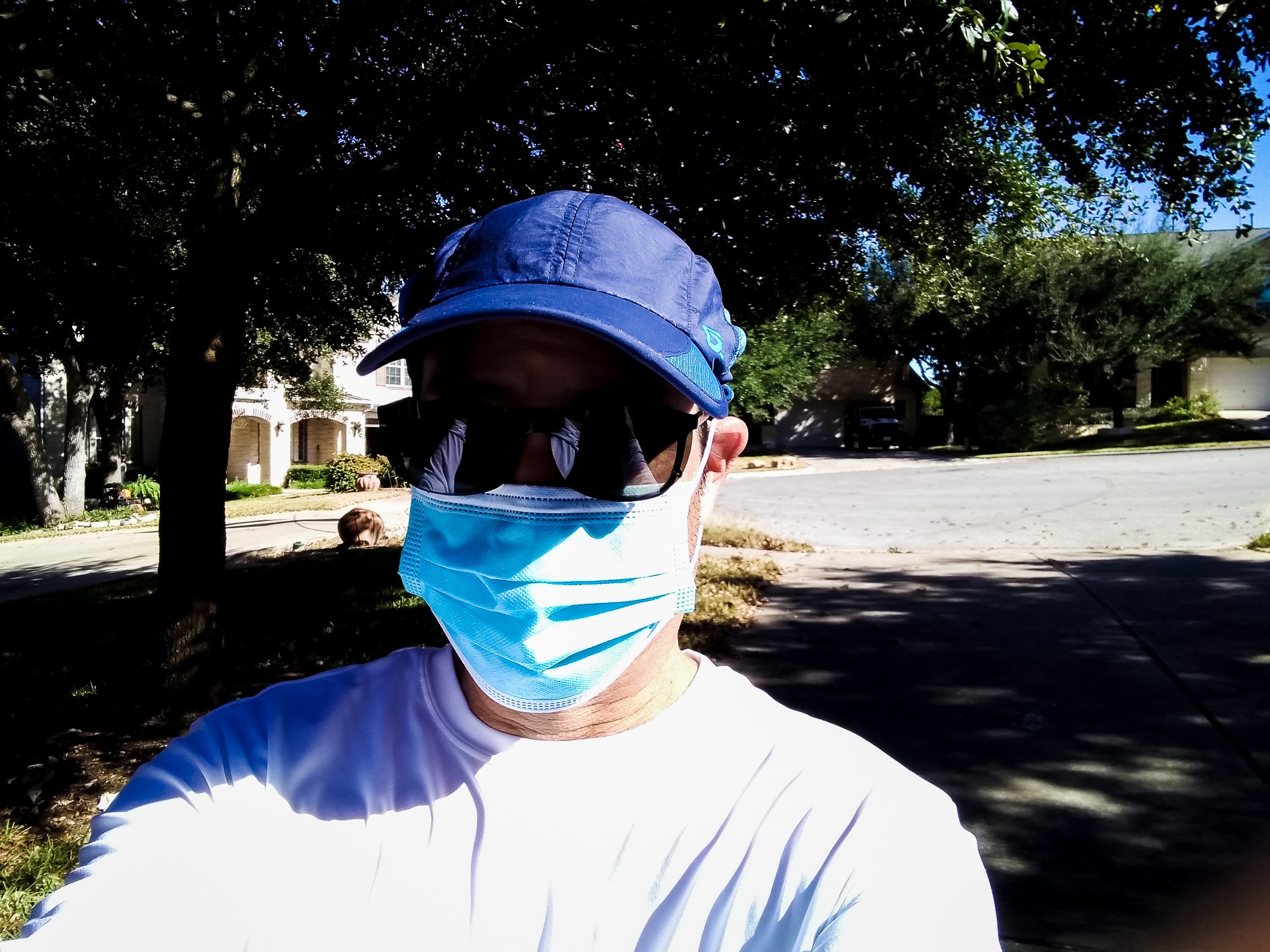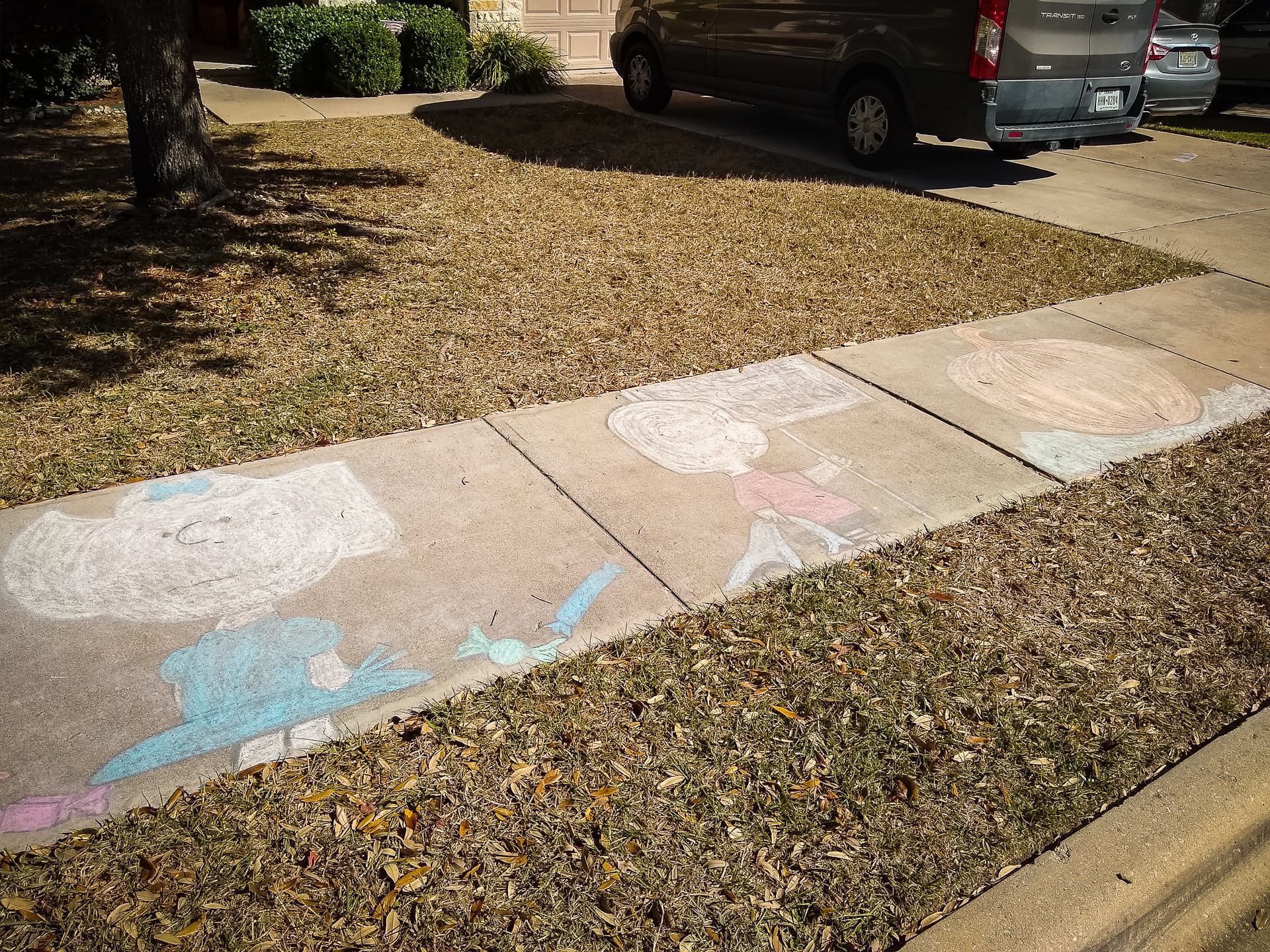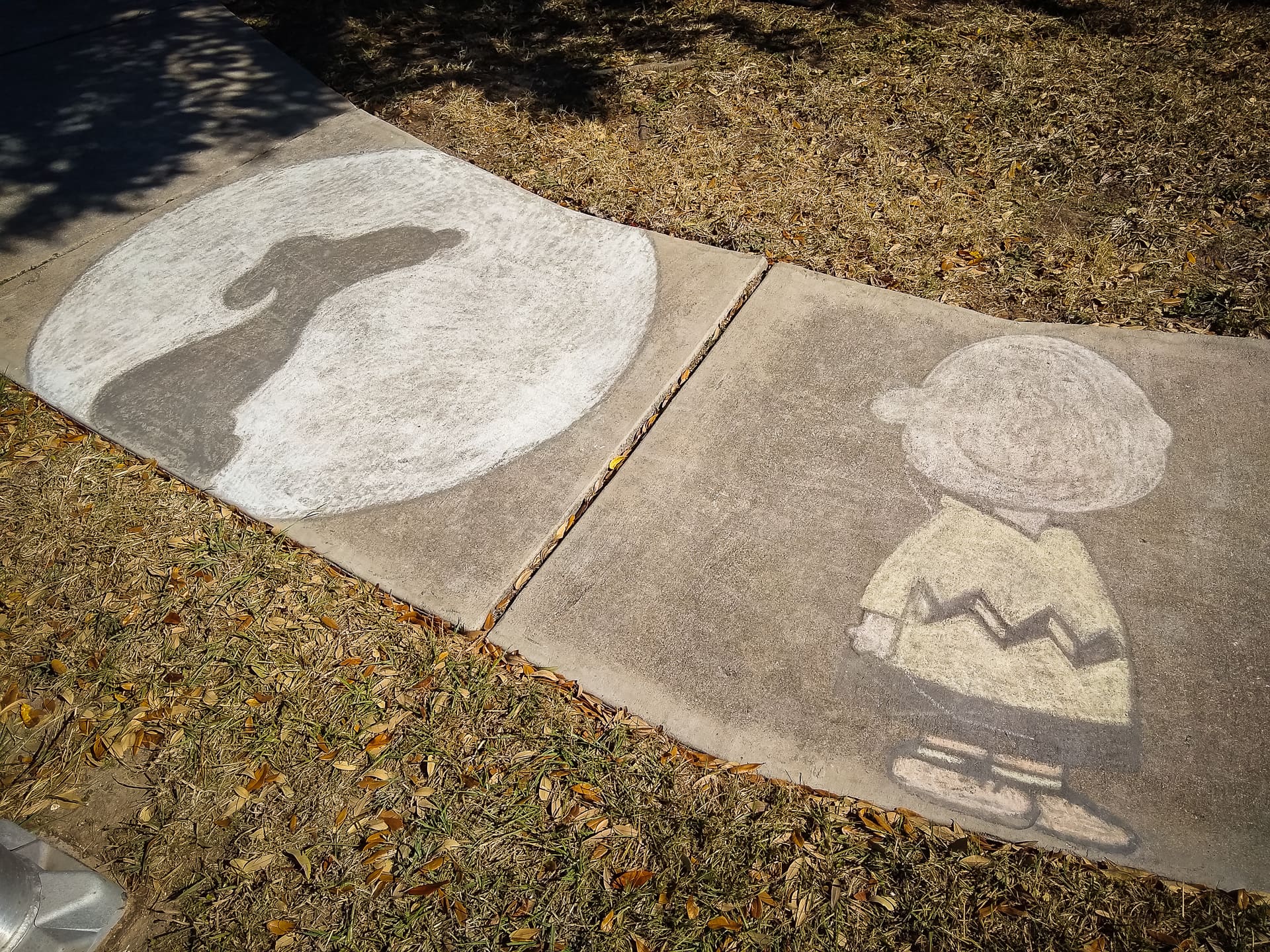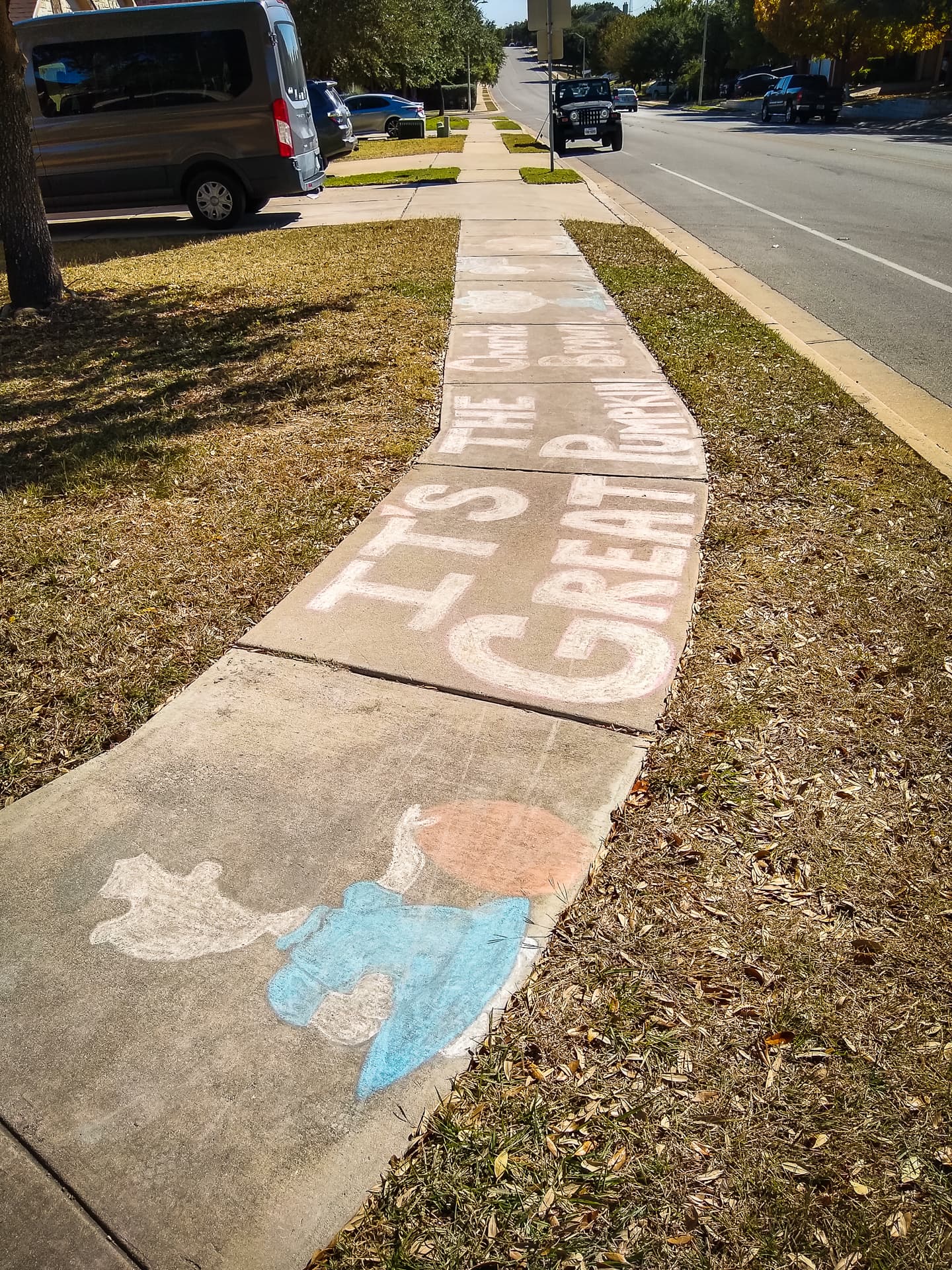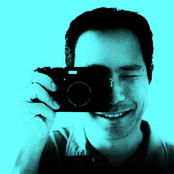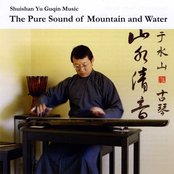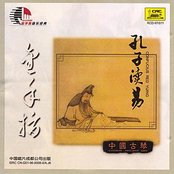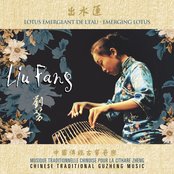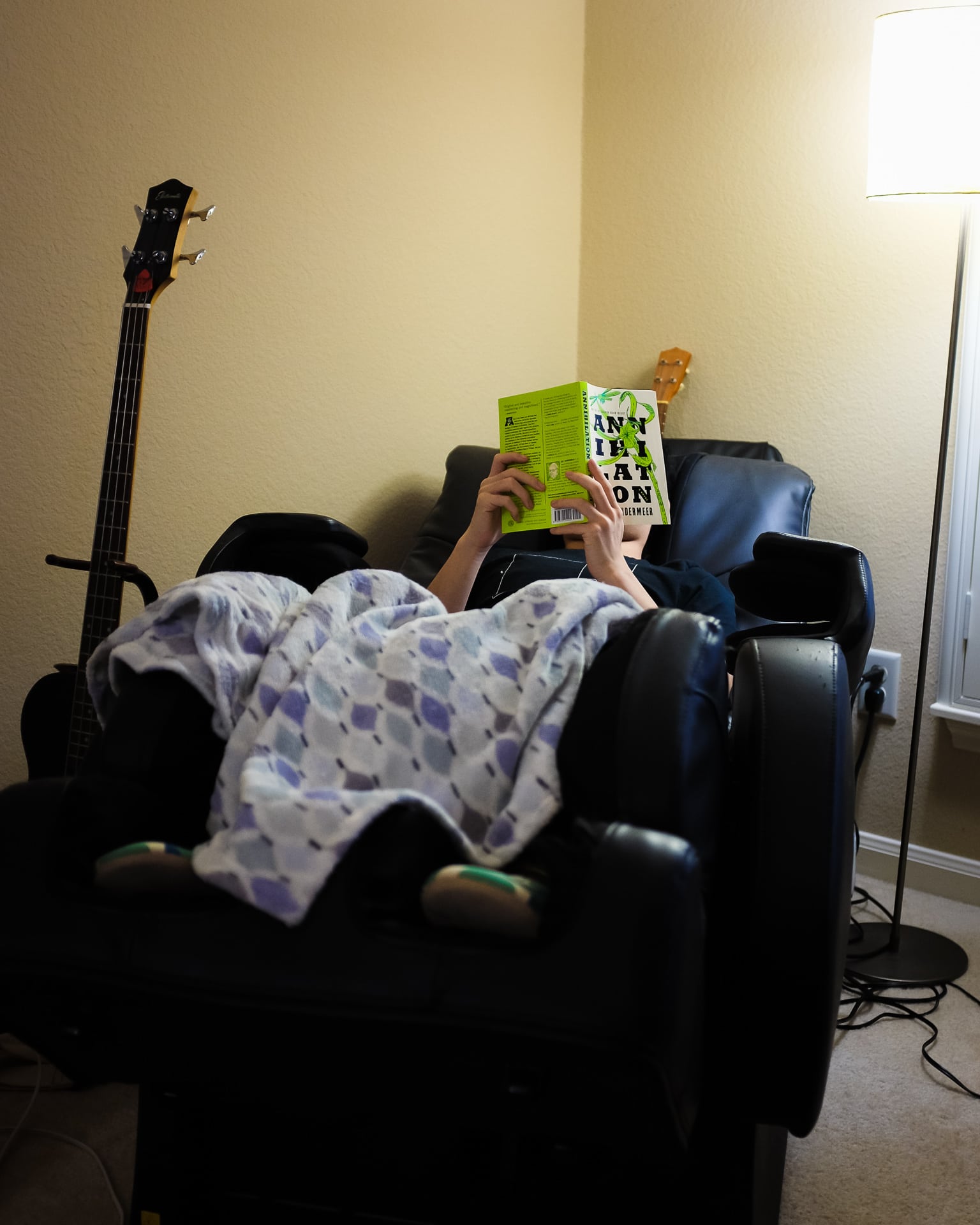
“Reading and Relaxing” Cedar Park, 2020
I officially have the entire week off from work, so I’m using it to relax, unwind, and play games. But I also check in with work a little bit which is fine.
In the past I would feel bad about checking my work laptop on weekends or days off, thinking that I needed a hard separation between home-life and work-life. Not just separating it with physical space or actions, but also in my thinking. For instance, if I was doing something mundane at home like taking a shower or folding laundry and a thought about work comes into my mind, I’d feel guilty, as if it was encroaching on my space. But beginning a couple of years ago, I found myself letting go of that guilt… it wasn’t really a concerted effort on my part, but I just realized that I didn’t feel bad about it anymore. And it felt great, as if a weight were lifted off my shoulders. ☺
My work involves visual design, and I find that creativity isn’t bound by the 9 to 5 workday. Some days I am just not that productive creatively, but often when I’m doing mundane things outside of work hours, I think about design challenges and formulate some solutions or things to explore when I do start my workday. Why shouldn’t I take advantage of these moments of creative insight? It’s more stressful to force myself to be creative exclusively during my work hours like I used to do. Now, thinking about work outside of work hours isn’t a negative, but a positive thing.
Letting go of that guilt has been liberating. Of course I still prioritize family at all times, but I can’t deny that work is a large part of my life, so I might as well embrace the fact that it always will take up some of my headspace and use it to my advantage.
******************
Today’s photo is of Bay, reading and relaxing in the massage chair. He’s on winter break from college and it’s been so nice to have him home!
